Overview of JPEG DNA

The scope of JPEG DNA standard (ISO/IEC 25508) is to define a syntax and accompanying decoding process capable of representing media assets, notably digital images, in a quaternary representation suitable for synthesis into nucleotide sequences to be used for storage on DNA support.
In digital media information, notably images, the representation symbols are expressed in bits (binary units). Still, they could be expressed in other representations, such as the quaternary representation in DNA (A, C, G, T). This would mean that artificial DNA molecules may be created with a specific DNA representation, to allow for archival of digital media information, e.g., the file format or the bits corresponding to a JPEG compressed image, thus leading to DNA-based media storage as a form of molecular data storage. In this context, DNA storage implies DNA synthesis/storage and DNA sequencing/access, which are currently rather complex and expensive processes. However, these processes are expected to become increasingly affordable, and the entire process will be largely more efficient in the coming years.
The DNA data storage density is extremely high, notably beyond any available storage technology. Moreover, DNA-based storage is also extremely stable, as demonstrated by the complete genome sequencing of a fossil horse that lived 700,000 years ago. And, even more interesting, storing DNA does not require much energy. On the other hand, current data-storage systems are not sustainable, as they consume large amounts of energy. Therefore, DNA-based storage may be a compelling alternative to the current data-storage solutions. JPEG DNA will contribute to an interoperable ecosystem in DNA storage, the same way JPEG standards, such as JPEG 1 and JPEG 2000, have done in current imaging ecosystems, including in image archival.
Cover image by Rob Lavinsky, iRocks.com – CC BY-SA 3.0. Colors and crop adapted.

